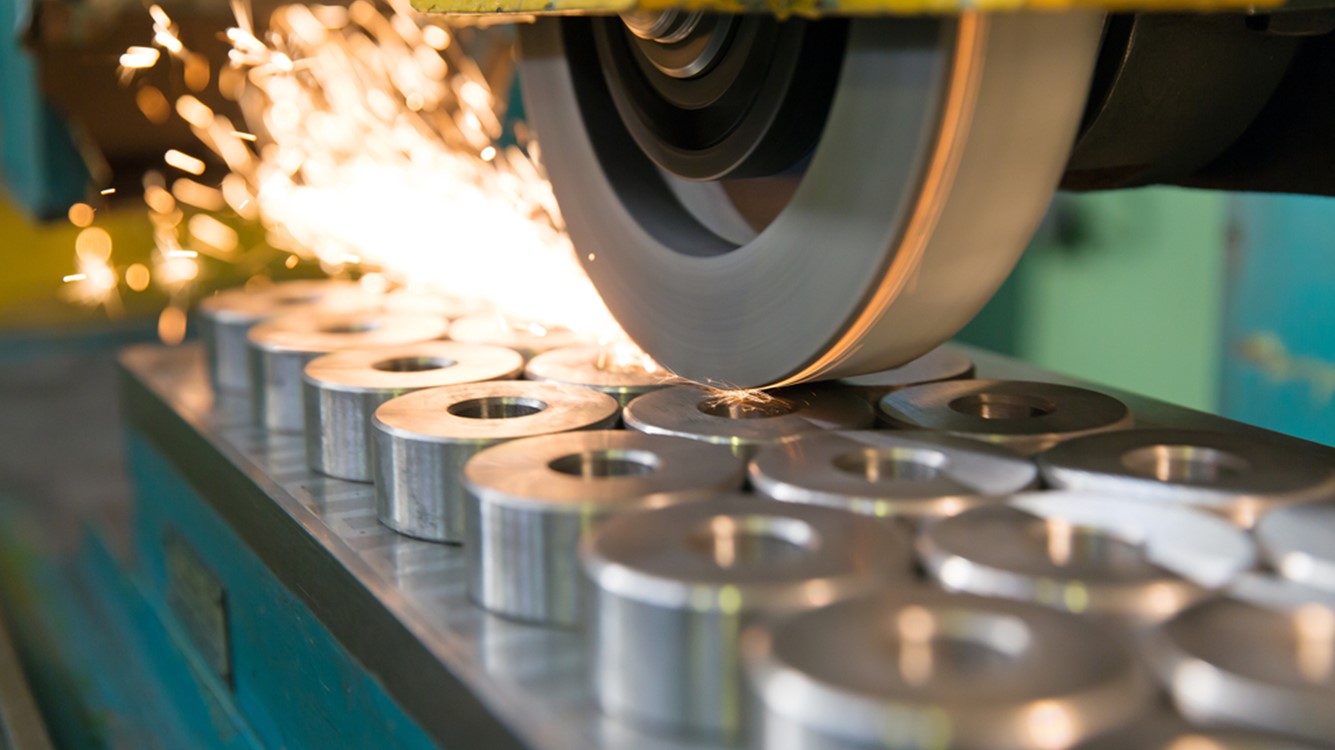Industrial production rose 0.6% in June
Demand for consumer goods offset a weak outlook for business equipment.

July 17, 2024
Industrial production advanced 0.6%, topping market expectations. The consensus forecast was for 0.3% growth. June’s increase comes on the heels of May’s 0.9% expansion. Over the last year, industrial production is up 1.6%, the largest increase since November 2022. All three industry groups - manufacturing, mining and utilities, expanded in June.
Consumer goods and nondurable materials did the bulk of the heavy lifting while business equipment was the main drag. Strong performances from automotive products, energy and nondurable goods were balanced by weak production of home electronics and appliances. Clothing production grew 1.2% in June, a welcome sight as the category is still down nearly -9% since June 2023, the worst yearly growth rate across all products.
Manufacturing output built on the prior month’s success growing 0.4% with nearly all contributions coming from nondurables. Automotive products rebounded 1.6% after flat or negative growth in April and May. Motor vehicle assemblies were the highest since July 2015.
Capacity utilization rose to 77.9%, just below its long-run average. Semiconductor capacity utilization slipped in June and remains several percentage points below its 5-year moving average due to new fabrication plants coming online. Broader manufacturing capacity grew 0.1%, continuing the climb that started in 2022.
Durable goods manufacturing was flat in June. Furniture and related products regained some of May’s lost ground by growing 1.5%, the biggest increase in more than two years. Durable goods production was weighed down by computer and electronic products, machinery, and primary and fabricated metals. Nondurable goods manufacturing advanced a broad-based 0.8% with the only drags being plastics and rubber products.
Utilities rose 2.8% owing to strong electric and natural gas production. According to the National Oceanic and Atmospheric Administration, this was the second hottest June on record. Energy production is up 6.1% year-over-year.
Business equipment production has varied since the beginning of the year, dropping back to negative growth in June. Information processing equipment had its first negative reading of the year. Transit equipment was the bright spot after a couple of weak months. Defense and space equipment spending rose for the sixth straight month. Military spending remains the catalyst, now up 5% over the last year.
A reversal in weak global demand for exports and inflation moderation leading to a September Federal Reserve rate cut should provide the boost producers need.
Ben Shoesmith, KPMG Senior Economist
Bottom Line:
Consumer goods, carried by autos and energy, were the main source of strength for industrial production in June. The Institute for Supply Management (ISM)'s Manufacturing Purchasing Managers' Index (PMI) dipped in June, staying in contractionary territory for nineteen of the last twenty months. A reversal in weak global demand for exports and inflation moderation leading to a September Federal Reserve rate cut should provide the boost producers need.
Explore more

Weak auto production
The weakness in motor vehicle output was a dampening factor for overall industrial activity in April.

KPMG Economics
A source for unbiased economic intelligence to help improve strategic decision-making.

Election year dissonance: Midyear economic outlook
Everything from higher rates to investment delays triggered by the election could suppress economic activity.
Subscribe to insights from KPMG Economics
KPMG Economics distributes a wide selection of insight and analysis to help businesses make informed decisions.
Meet our team

